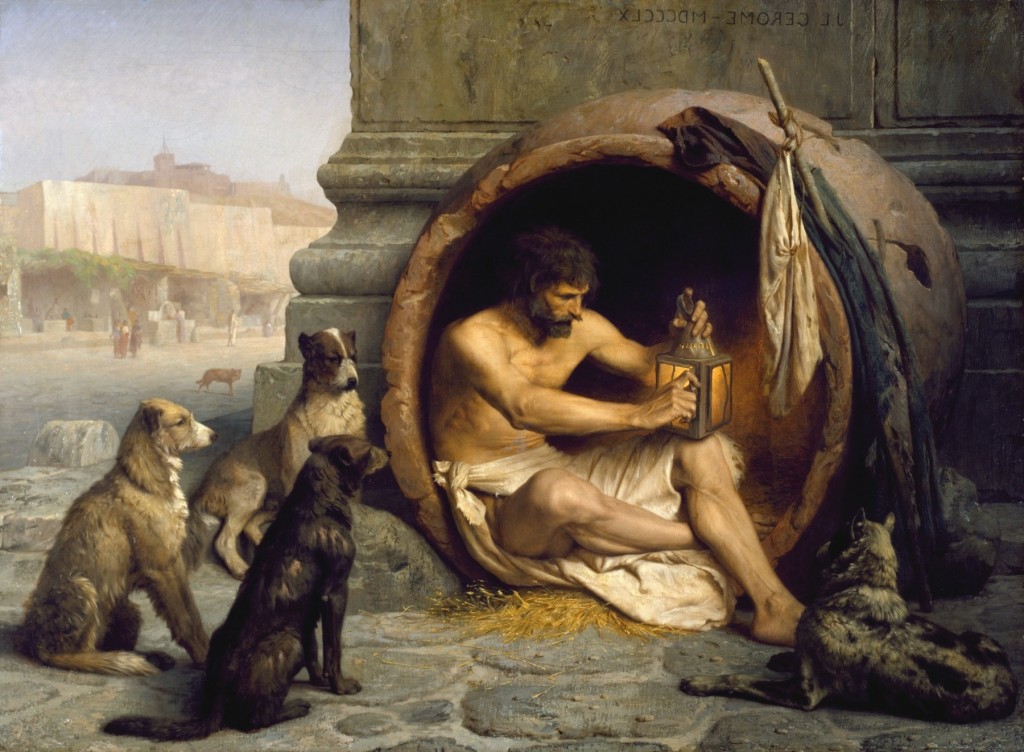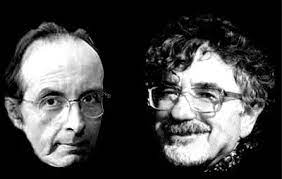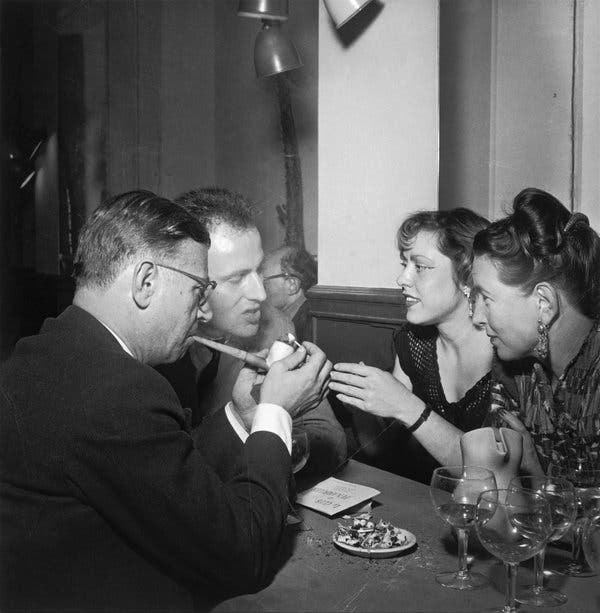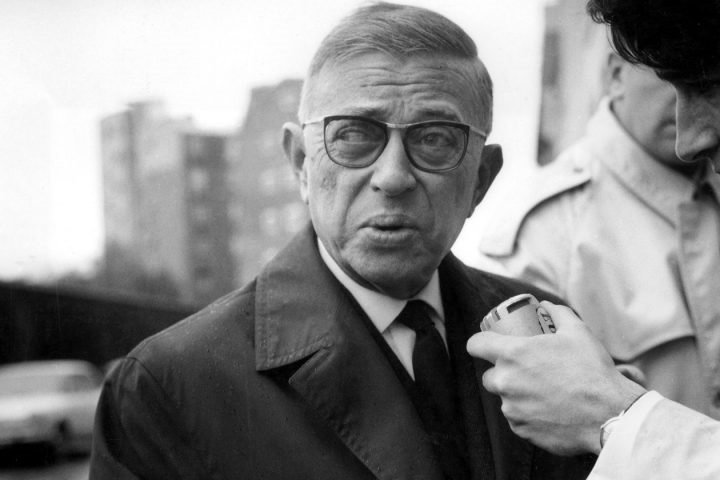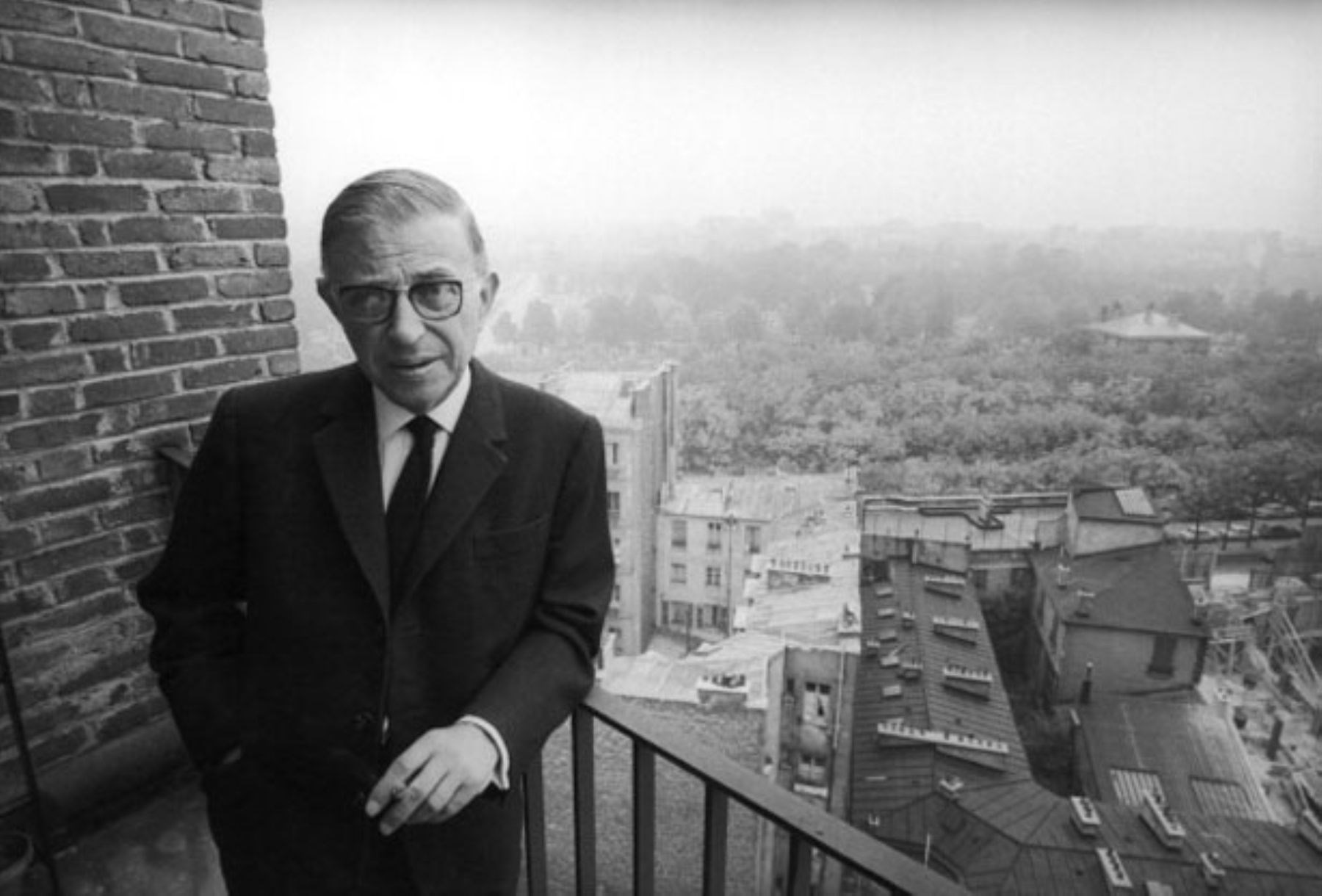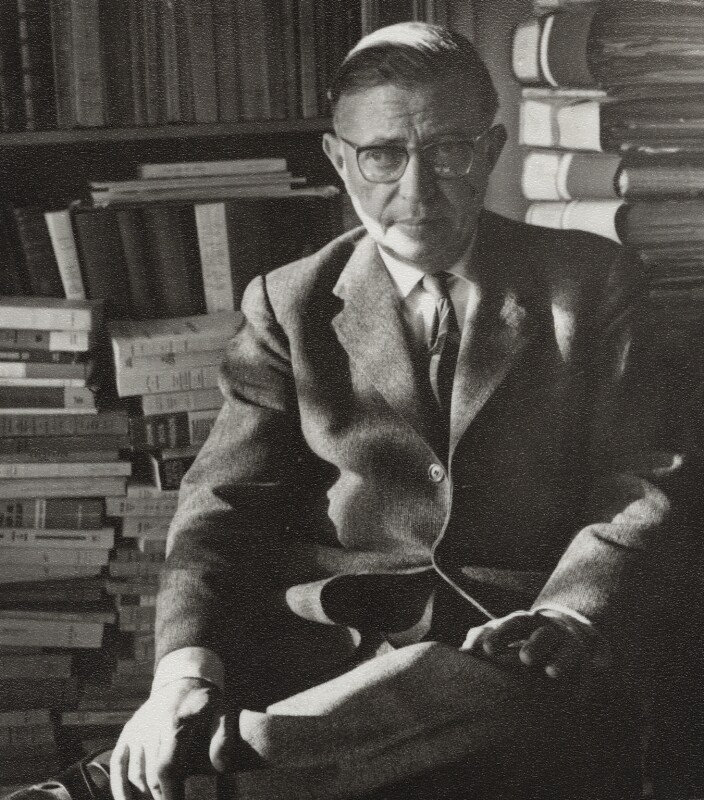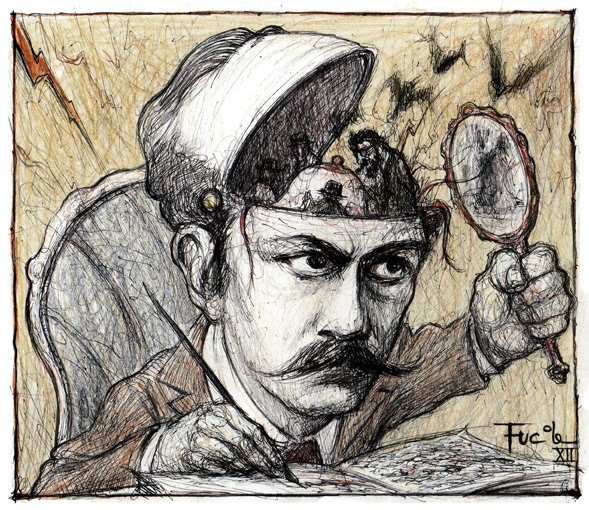I’ve been talking about researching Hypnagogia and the wonderful visual field it presents to the individual experiencing this hallucinatory state, as a part of one of my prospective PhD thesis subjects for a while now. Therefore, I’ve decided to keep on updating here on my blog page some hypotheses as I keep researching the phenomenon and its effects under certain psychoactive compounds both natural and chemical in essence present in medical academic literature. In the coming months, I will be posting a brief literature review covering the hallucinatory phenomenon, and later some more papers on the same till I reach a conclusion or derive a clear Ph.D hypotheses. This would be a series, hence, this particular piece would include the very basic arguments and definitions of the hypnagogic phenomenon that I have been speculating and reading since February of 2020.
Hypnagogia is the transcendental state from consciousness to sleep/dream state, which unveils itself in the closed eyes of humans during their first part of the sleeping stage, in terms of subtle to intense visual, auditory and sometimes even synesthetic hallucinations. Salvador Dali, Mary Shelley, Thomas Edison are some of the artists known in history who have used their hypnagogic hallucinatory stages for creativity in their professional fields.
Although there have been quite a few researches on the essential nature of Hypnagogia/Hynapompic States of Consciousness, there is still no well-researched academic source for hypnagogia under the influence of psychoactive substances. A few of the most informative texts available today on this subject include a thesis paper published in 1983 by Andreas Mavromatis and several other subjective accounts that have either been published as books or short thesis papers. There was also research done in Japan on the “Topographic mapping of EEG spectral power and coherence in delta activity during the transition from wakefulness to sleep”, which offered interesting results like the onset of the hypnagogic state develops rapidly from the vertex shrapnels waves which further proved a suggestion previously made by Broughton, that the ‘appearance of the vertex sharp wave is related to behavioral sleep onset’. The EEG (Electroencephalography) study concluded that the ‘dominant synchronous component of slow-wave activities during the transition from wakefulness to sleep increased as a function of EEG stages in the anterior-central areas and increased clearly after the appearance of vertex sharp waves’.
Another research done by Sirley Marques Bonham, a physicist at the University of Texas (Centre for Theoretical Physics) in her published work, “Self-Experiments with Consciousness and Hypnagogia: A scientist’s personal exploration of consciousness at the threshold of sleep and beyond” had explored her hallucinatory experiences with a scientific perspective, also expanding on the phenomenon or lucidity of sleep. Moreover, another academic, George Gillespie defined the visual geometrical imagery (during Hypnagogia/Hypnapompic Hallucinations) as Lattice Patterns in his work “Stable intense lights: A distinct class of light imagery seen in lucid dreaming”. I find it absolutely accurate, as I see these patterns most nights during my Hypnagogic experiences. Although sometimes bizarre in their nature, these patterns seemed to be an infinite number of stars (or Star of David symbol) emerging in a manner wherein they ascend in their shape size every time. I’m still exploring this and trying to find a better way to describe the emergence of these lattice patterns. Also, I found Gillespie’s term ‘Pressed-Eye Imagery’ again very accurate, as through the act of pressing my eye I’m always consciously able to induce myself with some kind of hypnagogic imagery. In addition, his term ‘Elementary Imagery’ is also very accurate in defining the stage wherein the individual witnesses an intrinsic combination of geometric and non-visual perception forms.
Dr. Rick Strassman, an American clinical associate professor of psychiatry at the University of New Mexico School of Medicine, clinical psychopharmacology researcher and the author of the famous book DMT: The Spirit Molecule & DMT and the Soul of Prophecy had also suggested to me in our email dialogue that when non-drug states resemble the ones brought on by administering DMT (N,N-Dimethyltryptamine), it would make an absolute sense that elevated brain DMT levels may be a common underlying mechanism. Moreover, he suggested administering his DMT rating scale to those who experience hypnagogia to more objectively measure the degree of resemblance. If the resemblances were strong, he says, that would support the argument that endogenous DMT may play a role. After reading the present literature on Hypnagogia/Hypnapompic states of consciousness, I’m quite certain that these states are intrinsically connected to memory and the unconscious realm of the mind and body. And when experienced under the influence of Psychoactive substances like LSD (Lysergic acid diethylamide), psilocybin, peyote, etc., it produces the same geometrical patterns (Lattice patterns; Non-perceptual Visual Imagery; Tetris Effects; Animal Imagery; Mathematical like equations hallucinations).
The reason I want to academically explore the psychopharmacology behind these altered states of consciousness and naturally emerging hallucinatory states is that most humans in the present world consume a various number of psychoactive substances (caffeine; marijuana; alcohol; prescription medications, being the most consumed) either once a day, throughout the day or at the end of the day before their sleeping time or indulge in some kind of meditational exercises. And when hypnagogia is encountered during these altered states of consciousness or even in rigorous meditative states, the hallucinations become more intense in nature- the visual geometrical hallucinatory field is quite clearly visible, the Tetris effect is also heightened and animal imagery is also quite identifiable. Tetris effects are the visual imageries of the repetitive activity that an individual commonly does on a day-to-day basis. Therefore, under the hypnagogic trance state these visual imageries gets replayed i.e., for example, if I was moving around and clearing my desk about two or three times a day, under hypnagogic state I would find myself viewing the same activity.
I came across this peculiar phenomenon, under the influence of cannabis at first, and for five or six months now, I’ve been really trying to derive meaning out of the hypnagogia induced geometrical visuals, Tetris effects (which opens more questions about the relation of the unconscious with episodic or semantic memories), and even synesthetic state of hallucinations before the REM sleep stage as they appear also in sober states. In February, I had collected some subjective accounts of people who have experienced the same phenomenon and I had noticed some similarities in the symbolism that emerges during stages i.e., geometric patterns, spiders (or other animal imageries), and memories or Tetris effects. I’ve also noticed that the geometrical component of these hallucinatory stages is also quite similar to closed-eye visuals that one experiences in a psychedelic state.
The question which baffles me the most is whether these symbols are the Objective symbols of the world i.e., whether they are part of the omnipresent unconscious psyche or the Jungian collective unconscious. It has already been well established by many philosophers including Descartes and Alan Badiou, even as early as Pythagoreans or Aristotle, that geometry and arithmetics is all there is, in terms of ‘Objectivity’ in the world. And with the emergence and recent popularisation of psychoactive substances, this ‘Objectivity’ I.e., geometry has been vividly perceived and acknowledged. I relate these ‘objective’ symbols to the ‘Otherly’ as these often perceived as mystical elements. I think enough emphasis should now be given to the Otherly and our consciousness. Especially with the contemporary psychedelic renaissance, now most of the subjective psychedelic experiences are recorded for the examination into the hallucinogenic characteristics. One of my research plans involves cross-examination of different subjects, under the influence of different compounds with hallucinogenic properties to see whether the hypnagogic visuals are distorted or intensified under their influence, and moreover, what ‘symbols’ remain the constant throughout the experiment or experience i.e., ofcourse if my research gets a FDA approval.
The development of recent technologies like MRI etc. has made it easier to examine the intrinsic connection between the unconscious mind and our perception or behavior. For example, Leonard Mlodinow, a physicist, had also emphasized and described these recent developments or tools in his book “Subliminal: How Your Unconscious Mind Rules Your Behavior” that let us understand our automatic unconscious behavior by examining the brain under modern advanced technology, MRI/CT Scan.
With the help of recent technologies, I believe that it would indeed be possible to deeply examine the intrinsic connections between the symbols, memory and behavior and maybe also, consciousness. As Sirley Bonham Marques had stated in her book, “Hypnagogia is the shortest path for communication from our subconscious”. The subconscious mind usually encodes everyday memory into symbols that emerge during the hypnagogia or even the dream state, as witnessed through the Tetris effect.
REFERENCES
Bonham Marques, S., 2017. Self-Experiments With Consciousness And Hypnagogia: A Scientist’S Personal Exploration Of Consciousness At The Threshold Of Sleep And Beyond.
Gillespie, G., 2009. Stable intense lights: A distinct class of light imagery seen in lucid dreaming. Dream Time: A publication of the Association for the Study of Dreams, [online] 26(1), pp.14-15. Available at: <https://www.academia.edu/11536447/Stable_intense_lights_A_distinct_class_of_light_imagery_seen_in_lucid_dreaming> [Accessed 18 July 2020].
Jung, C., 1968. Aion. 2nd ed. Bollingen Series / Princeton, pp.3-7.
Mavromatis, A., 1983. Hypnagogia: The Nature And Function Of The Hypnagogic State. Ph.D. School of Social Sciences Theses, Brunel University.
Mlodinow, L., 2012. Subliminal: How Your Unconscious Mind Rules Your Behavior. Pantheon Books.
Strassman, R., 2001. The Spirit Molecule. Rochester, VT: Park Street Press.
Strassman, R., 2014. DMT And The Soul Of Prophecy. Rochester: Inner Traditions International, Limited.
Tanaka H, Hayashi M, Hori T. Topographic mapping of EEG spectral power and coherence in delta activity during the transition from wakefulness to sleep. Psychiatry Clin Neurosci. 1999;53(2):155-157. doi:10.1046/j.1440-1819.1999.00509.x
-Sanjana Singh | 18/07/2020
Academia: https://telaviv.academia.edu/SanjanaSingh
